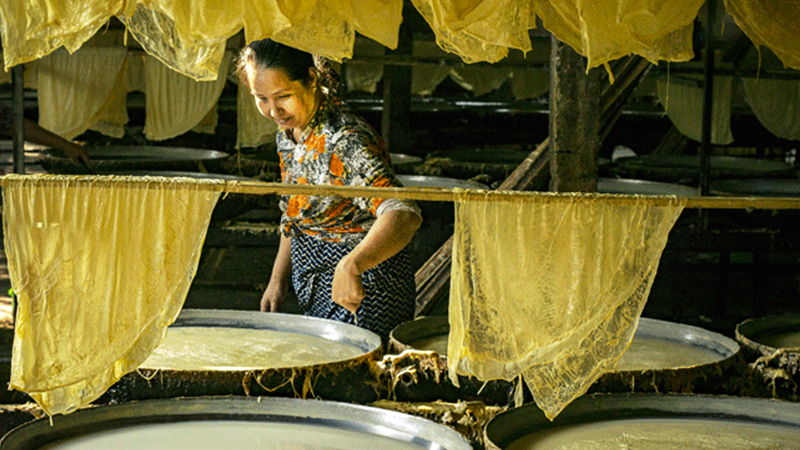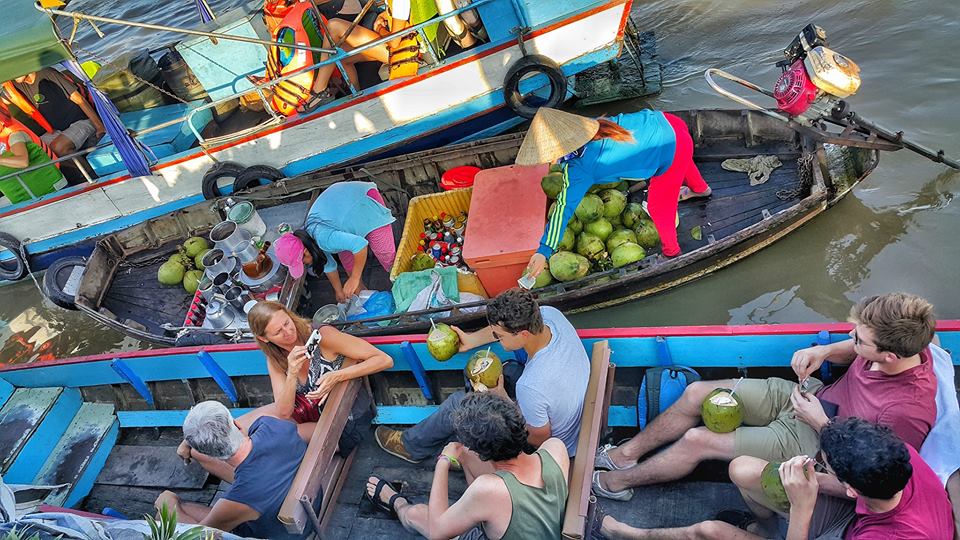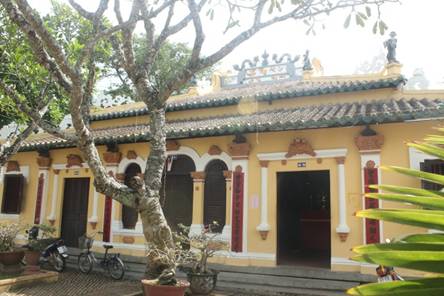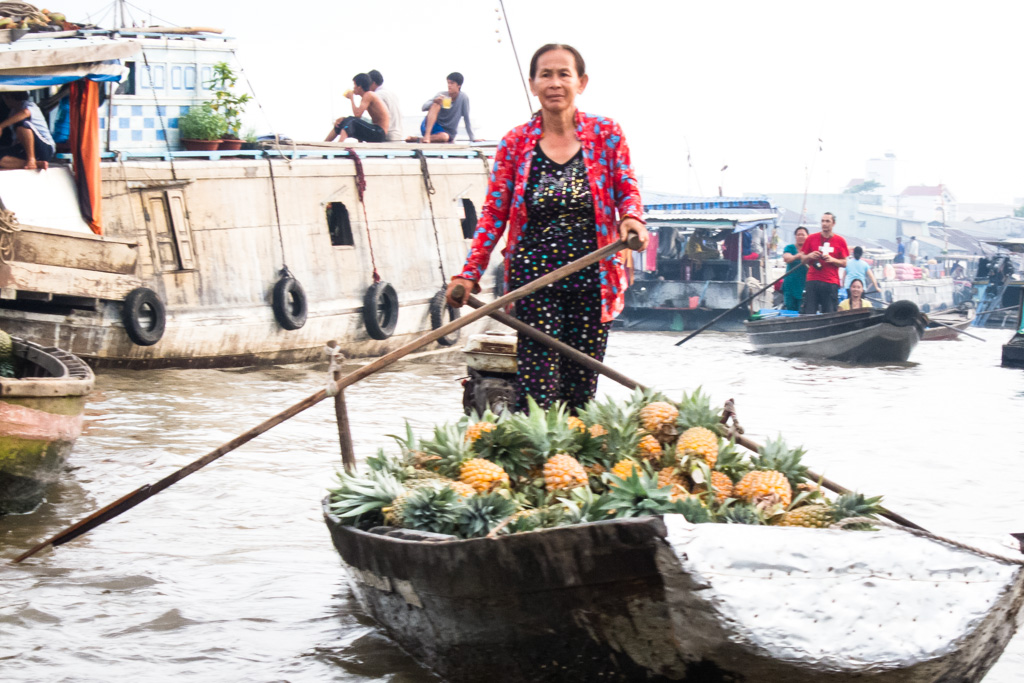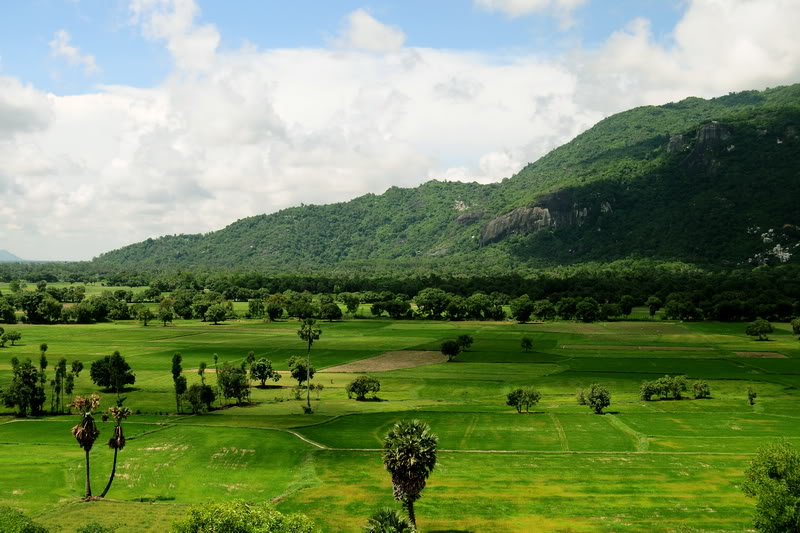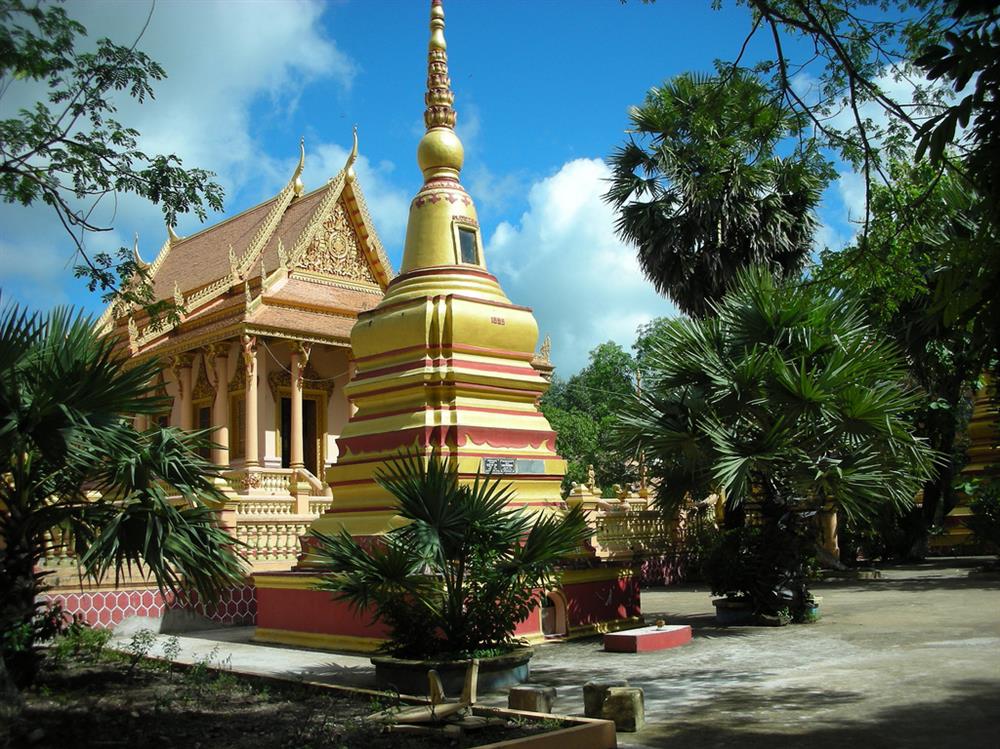Culinary and Experiential Tourism Destination
The tofu-skin craft village in My Hoa commune is located about 30 km from the centre of Vinh Long City and less than 10 km from the center of Can Tho City, making it easily accessible for tourists, who want to visit and experience the production process.
Currently, there are over 50 households engaged in tau hu ky production, with nearly 200 regular workers, of which 29 households have formed cooperatives for production.
To make the product, soybeans are soaked for about 2 hours until they swell and soften, then ground into powder and placed in a centrifuge machine to extract water. The pure soy milk is then poured into a pan and boiled to form the bean curd skin.
The only ingredient used in making the delicious product is soybeans. On average, about 2.4 kg of fresh soybeans are needed to produce 1 kg of tofu skin.
Preserving village culture
In the 18th and 19th centuries, social upheavals pushed many Chinese migrants to the south of Việt Nam, bringing with them several traditional crafts to the new land. At that time, a man named Châu Xường, his wife and two sons from Guangdong, China, migrated to the south and chose Mỹ Hòa to work as the first tofu skin makers.
The ancient craft was passed down by their family, but they hired some local residents to help. Gradually, the Vietnamese in the village embraced the Chinese tofu skin making and learnt the production secrets. A busy craft village was formed.
Little has changed in the processing steps and production tools. Machines have replaced some stages in the production process to meet increasing demand. However, the process mostly requires the skilful hands and the experience of workers.
To get the product, first, soy milk is poured into an open shallow pan that is heated continuously with firewood or coal. When the soy milk boils, a rich, fatty film of coagulated proteins is formed on the surface of heated soy milk. The worker just lifts the sheet away and hangs it on a bamboo pole to dry. Normally, in every 25 minutes, a new beancurd sheet is formed and lifted away.
The soy milk boiling stage is critical because it determines the success or failure of the batch. In the past, the tofu skin makers mainly used straw; later, they burned rice husks, firewood and coal instead.
Tofu skin in Mỹ Hòa is made from clean soybeans and does not use chemicals. Natural purity is a factor that defines the village's brand. The tofu skin here has been recognised as a 3-star OCOP (One Commune – One Product) product in the province.
The tofu skin craft in Mỹ Hòa Village has also been recognised by the culture ministry as a National Intangible Cultural Heritage.
As a national intangible cultural heritage, the craft village is the pride of its artisans and local people. It brings opportunities to promote and develop the village and attracts tourists to Vĩnh Long.
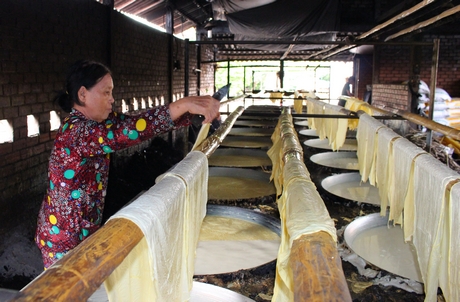
A worker is seen with her tofu skin. Mỹ Hòa Village has 27 households making the food product
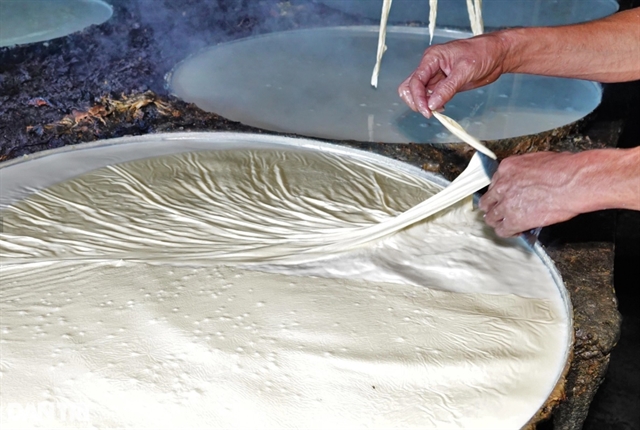
To make tofu skin, the soy milk in the pan should be maintained at about 70 degrees Celsius only.
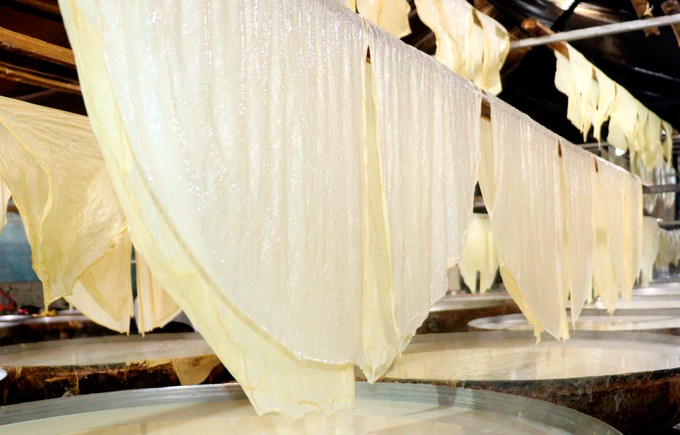
Soy milk is poured into open shallow pans. A rich, fatty film of coagulated proteins is formed on the surface of heated soy milk. Mỹ Hòa tofu skin craft village has existed for over a hundred years
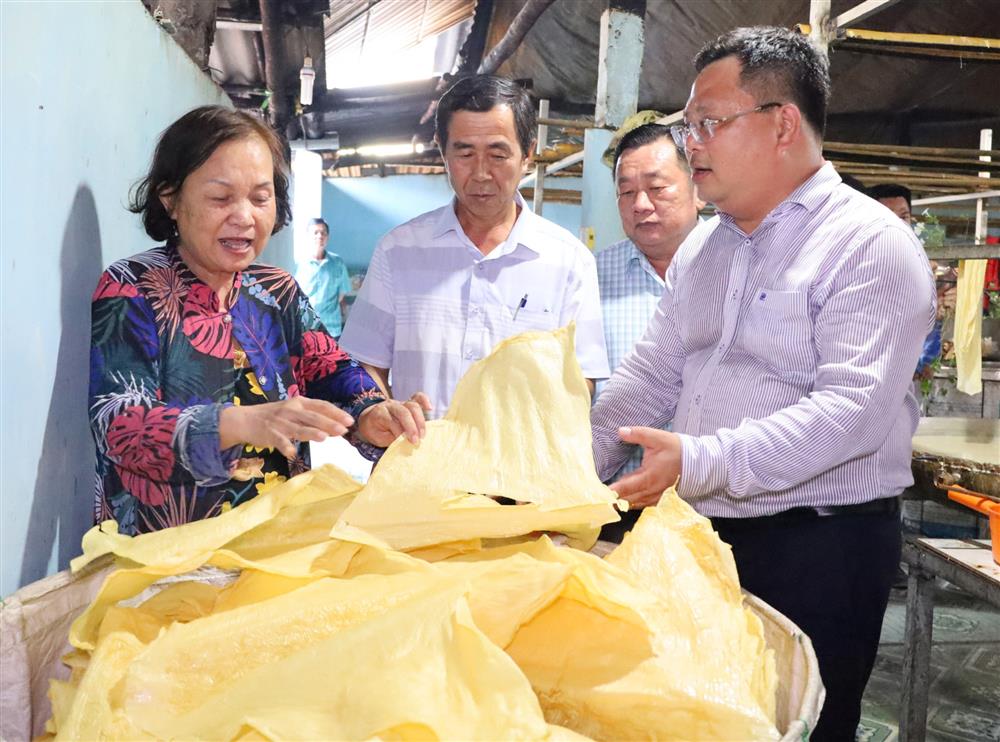
Tofu skin craft here is golden, fragrant, crispy, and full of nutrients
For further information, please contact:
AN NAM INTERNATIONAL JOINT STOCK COMPANY
10 Ngo Gia Tu Street, Tan An Ward, Ninh Kieu District, Can Tho City
Wish you an enjoyable and rewarding trip!
Contact: 02926.368.4668/ Phone 0939.900.668
AnNam Travel – Confirm the Difference










